I have an LM2596 module and a 12V lead-acid battery which I would like to use to power a RPi zero and control with an ATtiny85 in a project which requires the RPi to be active 30s and then shut off 270s.
My question is: How do I toggle BAT1 on or off using as little current as possible?
In my project I want the RPi to only turn on if there is enough light outside, so I am using a photoresistor for that.

simulate this circuit – Schematic created using CircuitLab
So, to clear things up. The photoresistor (U4) is powered by PIN2 only when required to read the light level and PIN3 is used as an analog input on the ATtiny. I don't know how to switch BAT1 from my microcontroller.
I've measured the power consumption of the RPi zero which is at max about 150 mA and on average about 60 mA.
Photo of the LM2596 module I am using:
